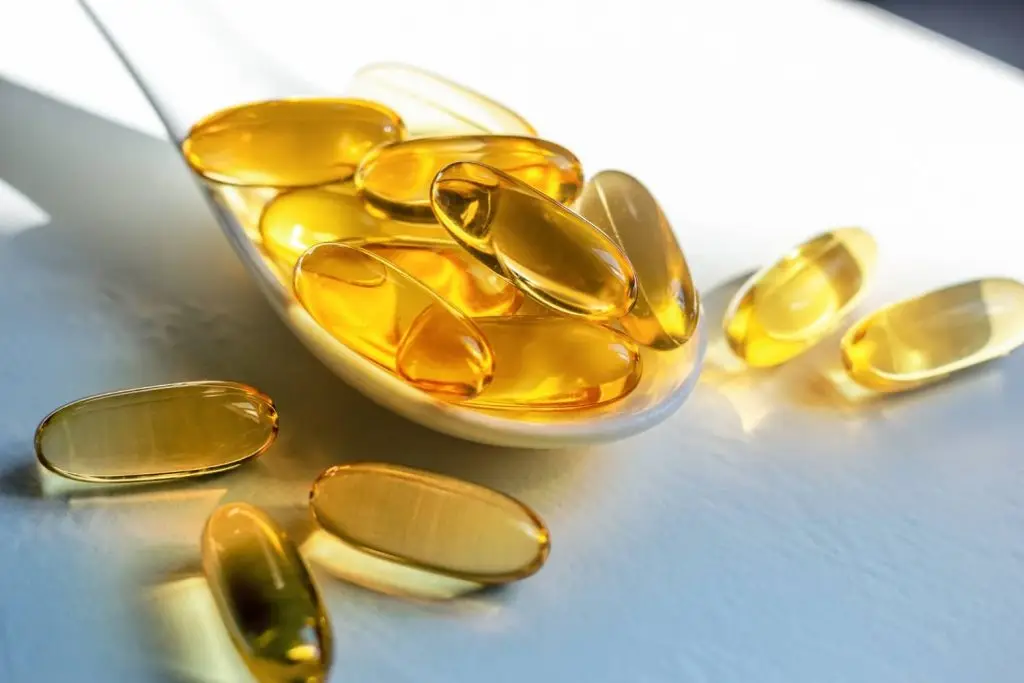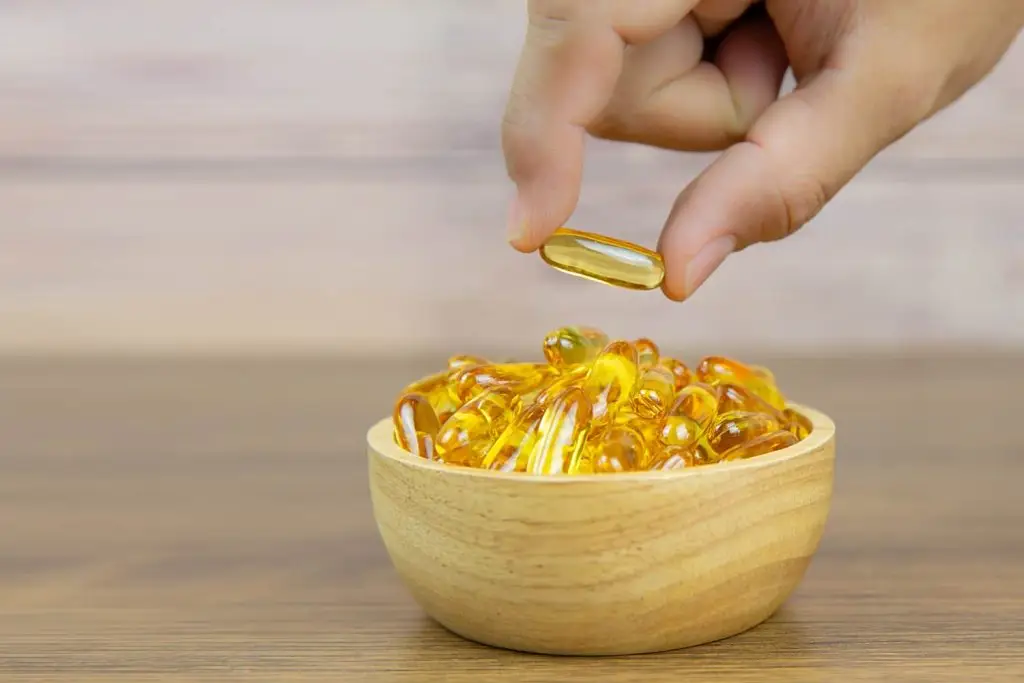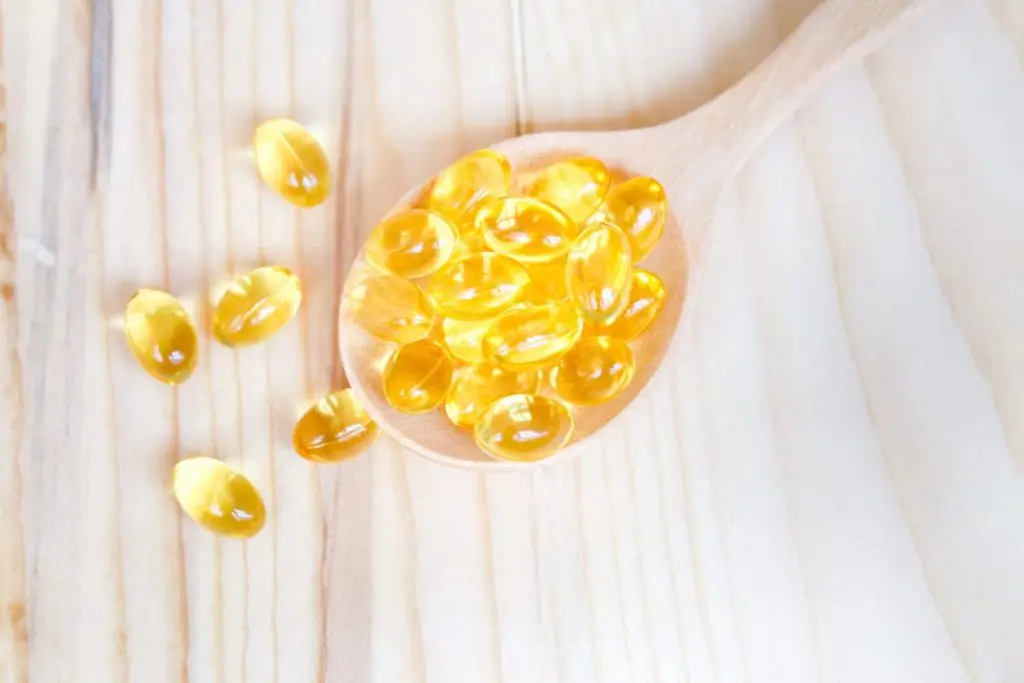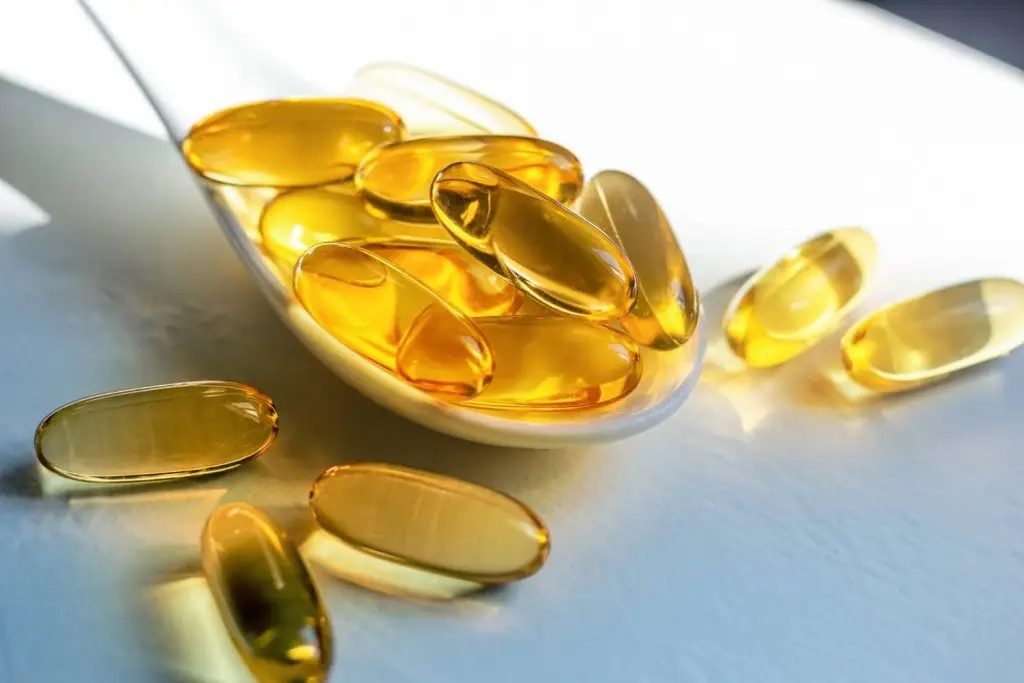
טיפות דמעות – מה זה ולמה משתמשים בהן?
טיפות דמעות הן תמיסות רפואיות או קוסמטיות שמטרתן להקל על
Many ask about Omega 3 when does it start to have an effect? This is because dry eye disease, a common but often misunderstood condition, affects millions around the world, significantly affecting their quality of life. Dry eye is characterized by symptoms such as irritation, dryness and discomfort, and can lead to more severe visual impairment if left untreated. In the search for effective treatments, omega-3 fatty acids have emerged as a beacon of hope. This article delves into the role of omega-3 in the fight against dry eye, offering a comprehensive analysis of its benefits, mechanisms of action, and the expected timeline for its therapeutic effects. Our goal is to illuminate the potential of omega-3 fatty acids as a natural and effective remedy for those suffering from dry eye and to provide insights on how to harness their benefits for eye health.

Omega-3 fatty acids are essential fats for maintaining health, but the body cannot produce them by itself. They are abundant in fish oil, flaxseeds, chia seeds, and walnuts, and they play a vital role in our overall well-being. Omega 3 is best known for its anti-inflammatory properties, which contribute to its effectiveness in the prevention and treatment of chronic diseases, including those affecting the heart and brain.
There are three main types of omega-3 fatty acids: ALA (alpha-linolenic acid), found in vegetable oils; EPA (eicosapentaenoic acid) and DHA (docosahexaenoic acid), both found primarily in marine oils. EPA and DHA are of particular interest in the context of dry eye due to their profound anti-inflammatory effects and their role in maintaining cell membrane health.
The human body can convert a small percentage of ALA to EPA and DHA, but the efficiency of this process is often low, making direct dietary intake of EPA and DHA from marine sources or supplements a more reliable method of obtaining these nutrients. The benefits of omega-3 fatty acids extend beyond eye health, supporting cardiovascular health, cognitive function, and even emotional well-being, which underscores their importance in a balanced diet.
The connection between omega-3 fatty acids and dry eye lies in the strong anti-inflammatory properties of omega-3. Chronic inflammation is a key factor in the development and progression of dry eye, leading to dysfunction of the lacrimal glands and the surface of the eye. By incorporating omega-3s into their diet, people can significantly reduce the inflammation that contributes to dry eye symptoms.
Studies have shown that omega-3 fatty acids, especially EPA and DHA, can improve the quality and stability of tears. Tears are essential for keeping eyes lubricated, protecting against infections and ensuring clear vision. EPA and DHA help not only by reducing inflammation but also by supporting the health of the meibomian glands, which secrete essential oils to prevent tear evaporation.
Studies have further indicated that regular consumption of omega-3 supplements can increase tear production, offering relief to sufferers of dry eye symptoms. The efficacy of omega-3 in the treatment of dry eye emphasizes the importance of nutritional factors in the management of this condition and highlights the potential of nutritional interventions as part of a comprehensive treatment plan.
The journey towards relief of dry eye symptoms with an omega-3 supplement is a gradual process, influenced by various factors including the severity of the condition, the underlying health condition and the consistency of consumption. Initial improvements can be seen as early as three to four weeks after consistent omega-3 supplementation. However, the most significant benefits are usually seen after continuous use for three to six months.
Short-term effects during the first month may include a decrease in the feeling of dryness and irritation, as well as an improvement in tear quality. These early improvements can be encouraging, but it is important to continue supplementation, as omega-3s build up in the body over time, leading to more significant long-term benefits.
For long-term relief, it is essential to maintain a consistent daily intake of omega-3 fatty acids. The cumulative effect of omega-3 increases the anti-inflammatory response and supports healthier tear production and ocular surface integrity over time. Factors such as diet, lifestyle and adherence to recommended dosages also play significant roles in how quickly and effectively relief can be experienced.
It is also worth noting that individual responses to omega-3 supplements can vary. Some may experience improvements sooner than others, and in some cases, the dose or form of omega-3 may need to be adjusted – under the guidance of a healthcare professional – to achieve optimal results.

Incorporating omega-3 fatty acids as a strategy to combat dry eye involves understanding the correct dosages and methods of consumption. To achieve the best results, it is essential to focus on EPA and DHA, the most effective types of omega-3s in treating dry eye symptoms.
Recommended dosages
The American Heart Association suggests that adults consume at least two servings of oily fish per week, which provide about 500 mg of EPA and DHA per day. However, for people with dry eye, higher doses, usually in the range of 1000 to 2000 mg c of EPA and DHA daily may be more beneficial. It is essential to consult with the attending physician to determine the optimal dosage based on individual needs and health conditions.
The best forms of Omega 3
While dietary sources such as salmon, mackerel, sardines and flaxseed are valuable, supplements can ensure consistent and adequate intake of EPA and DHA. When choosing supplements, look for those that list the amounts of EPA and DHA, are approved for consumption by a qualified authority, and are derived from sustainable sources.
Incorporating Omega 3 into your diet
Beyond supplements, incorporating omega-3 rich foods into your diet is a delicious and natural way to increase your intake. Incorporate fatty fish into meals several times a week, and add flaxseeds or chia seeds to smoothies, yogurts or salads. Walnuts are another great ALA-rich snack option.
Possible side effects
While omega-3 supplements are generally considered safe, high doses can lead to minor side effects such as indigestion, a fishy aftertaste, or an increased risk of bleeding. These side effects can often be treated by taking food supplements with meals or choosing other formulas.

To fully harness the therapeutic potential of omega-3 fatty acids for dry eye, it is essential to adopt a holistic approach that includes dietary habits, lifestyle changes and possibly other complementary treatments. Here are strategies to maximize the benefits of omega-3:
Complementary treatments
Combining an omega-3 supplement with other treatments can improve its effectiveness. Warm compresses, eyelid massages and proper eyelid hygiene can improve the function of the glands and the quality of tears. In addition, using humidifiers to maintain humidity in the environment and wearing sunglasses to protect the eyes from wind and sun can further relieve symptoms.
Lifestyle adjustments
Making specific lifestyle changes can support the effectiveness of omega-3 in the treatment of dry eye. Reducing screen time, taking frequent breaks during long periods of computer use and ensuring adequate hydration are simple but effective measures. Quitting smoking and treating stress through techniques such as yoga or meditation can also significantly benefit eye health.
Progress monitoring
Monitoring symptoms and any improvement after starting omega-3 supplements is essential. Regular visits to an ophthalmologist can help adjust the treatment plan as needed, and ensure the most effective treatment for dry eye.

Omega 3 fatty acids offer a natural and powerful solution for the treatment of dry eye, where their anti-inflammatory properties play a decisive role in relieving the symptoms. While the journey to relief may change over time, consistent intake of omega-3s, whether through diet, supplements, or both, has been shown to provide significant benefits. By adopting a comprehensive approach that includes omega-3 supplements, complementary therapies and lifestyle adjustments, people with dry eye disease can expect improved eye health and a better quality of life.
While some people may notice improvements within a few weeks, significant benefits are usually seen after three to six months of consistent use.
2. Can omega 3 supplements replace traditional treatments for dry eyes?
Omega-3 supplements can be an effective component of a comprehensive dry eye treatment plan, but should not replace traditional treatments prescribed by a healthcare professional. Instead, they should be used together to maximize relief.
3. Are there any side effects of taking omega 3 for dry eye?
Omega-3 supplements are generally safe, but high doses can lead to mild side effects such as indigestion or a fishy aftertaste. Taking supplements with meals can help reduce these effects.
4. Can I get enough Omega 3 from my diet alone to affect dry eye?
While beneficial amounts of omega-3s can be obtained from a diet rich in fatty fish, nuts, and seeds, people with dry eye may require higher doses that are more easily achieved through supplements.
5. Should I consult a doctor before starting omega-3 supplements for dry eye?
Yes, it is important to check with your doctor before starting any new supplement, including omega-3, to ensure it is appropriate for your specific needs and health conditions.

טיפות דמעות הן תמיסות רפואיות או קוסמטיות שמטרתן להקל על

ויטמין C הוא אחד הוויטמינים החיוניים ביותר לבריאות העיניים, הודות

מרכז מומחים לאבחון וטיפול מתקדם בתסמונת העין היבשה ומחלות פני שטח העין















